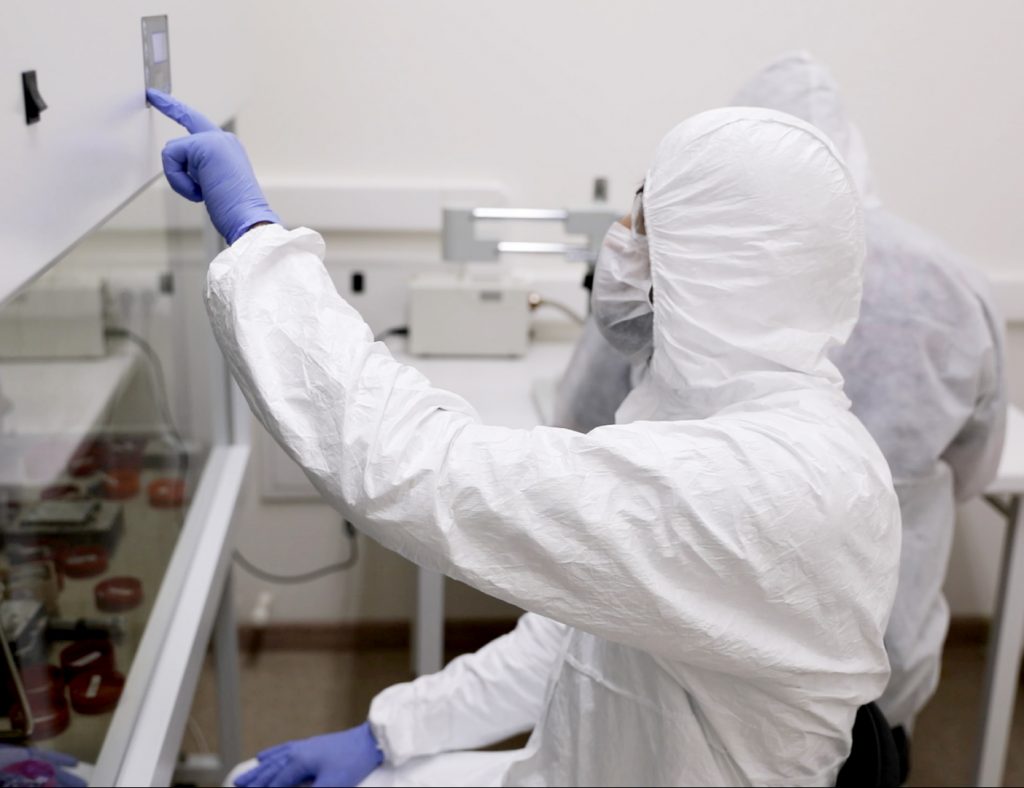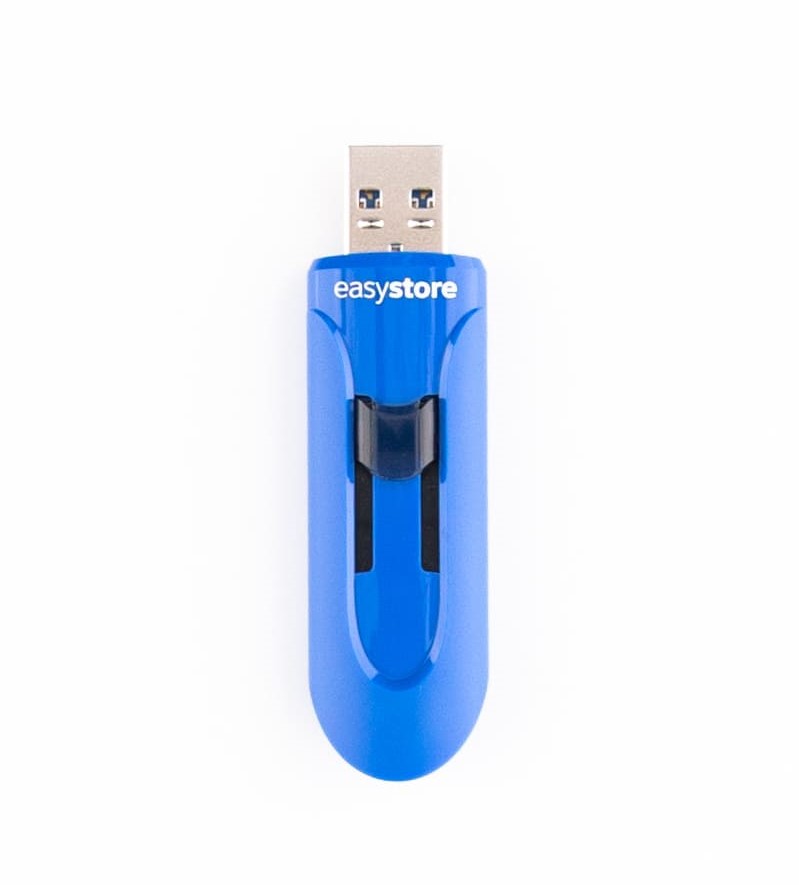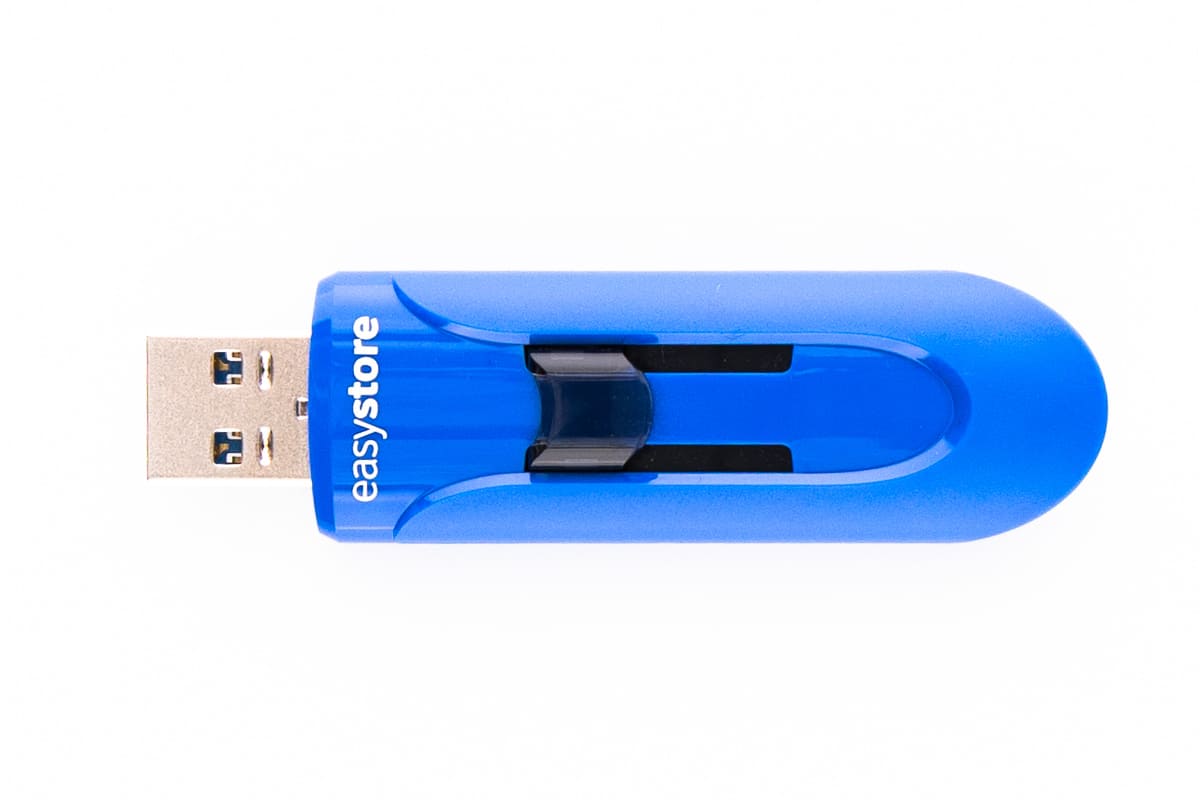Flash drive hardware malfunctions are commonly referred to as malfunctions that require unsoldering the NAND memory chips and extracting their contents for further analysis and assembly to recover the data.
Hardware Failures Include:
- Damage to the Flash Controller
- Mechanical Damage
- Damage to NAND Memory Chips
- Translation Damage
The results of the data recovery depend on the subsequent retrieval method. If the specialists manage to access information using the controller of the flash drive, then all user data will be fully saved.
If technicians have to solder the memory chips and read them on a NAND reader, then the result will depend on how well they can reproduce the algorithm of the flash memory controller. But the loss of files and folders is usually absent or minimal.
PITS Global Data Recovery Services offers safe and reliable data recovery solutions for flash drive users. We safely fix the mechanical issues bringing the drive to readable mode so that we could recover the deleted files.
Easystore USB Flash Drive Data Recovery
Recently, our data recovery team received a flash drive for an expedited evaluation. It was an Easy Store 3.0 USB Flash Drive. The client stored his lectures and notes of those files on the flash drive, but he accidentally lost access to his crucial document. He safely shipped his device to our lab.

As soon as we received the storage media, our data recovery expert started the diagnostics. Our engineer connected the flash drive to the computer using the appropriate adapter. He checked if the flash drive was detected in the Device Manager. As the USB flash drive was detected with the wrong size, such as 0 bytes, the data recovery specialist was sure that it was a hardware malfunction.

Most of the hardware malfunctions of flash drives are usually solved by fixing controller malfunctions.
The evaluation was finished, and we informed the client of the estimated success rate and turnaround time. After receiving his approval, we started to recover the files from the USB drive.
Easystore USB Flash Drive Memory Controller Recovery
To extract data from memory chips, they must be removed from the board on which they are installed. For this purpose, an infrared soldering station and hot air were used. An additional bottom heater was used to ensure fast and efficient heating of the solder.
Failure to comply with the time and temperature of heating could lead to failure of the memory chip or to reading with many uncorrectable bit errors.
Memory chips were unsoldered for their subsequent installation in NAND-memory readers. This was done because a faulty flash drive or memory card cannot correctly transfer its information through the interface.

To read the contents of the memory chips, specialized data recovery tools were used to save the contents of the memory in files. Each chip can have 1, 2, or 4 physical parts connected by the chip enable signal, and the controller activates all these parts according to a particular algorithm.
When reading each chip’s physical parts, the engineer also considered that the data was stored on separate chips. Our engineer successfully extracted all the data thanks to years of experience and state-of-the-art equipment.
Virtual Image of USB Flash Drive
The final process when recovering data from a faulty flash drive was to line up the blocks obtained in the previous step in accordance with their position in the translation system.
The virtual image contained the file system with user data in the form it was at the time of the controller malfunction. When working with a virtual image, the specialist could control the correct addressing of blocks and the integrity of files and directories. Upon successful assembly, copy the results in the form of folders and files.

To read the contents of the memory chips, specialized data recovery tools were used to save the contents of the memory in files. Each chip can have 1, 2, or 4 physical parts connected by the chip enable signal, and the controller activates all these parts according to a particular algorithm. When reading each chip’s physical parts, the engineer also considered that the data was stored on separate chips. Our engineer successfully extracted all the data thanks to years of experience and state-of-the-art equipment.
Virtual Image of USB Flash Drive
The final process when recovering data from a faulty flash drive was to line up the blocks obtained in the previous step in accordance with their position in the translation system.
The virtual image contained the file system with user data in the form it was at the time of the controller malfunction. When working with a virtual image, the specialist could control the correct addressing of blocks and the integrity of files and directories. Upon successful assembly, copy the results in the form of folders and files.
Determining the order of sectors in a virtual image was applied using head structures and translators and automatically built a translator using translation tables by indirect signs.
Our data recovery expert extracted all the data and transferred them to a new flash drive. The customer reviewed the result of our data recovery and approved it. Call PITS Global Data Recovery Services at (888) 611-0737 for a consultation with the professionals. Fill in the request help form to begin your data recovery case directly.
